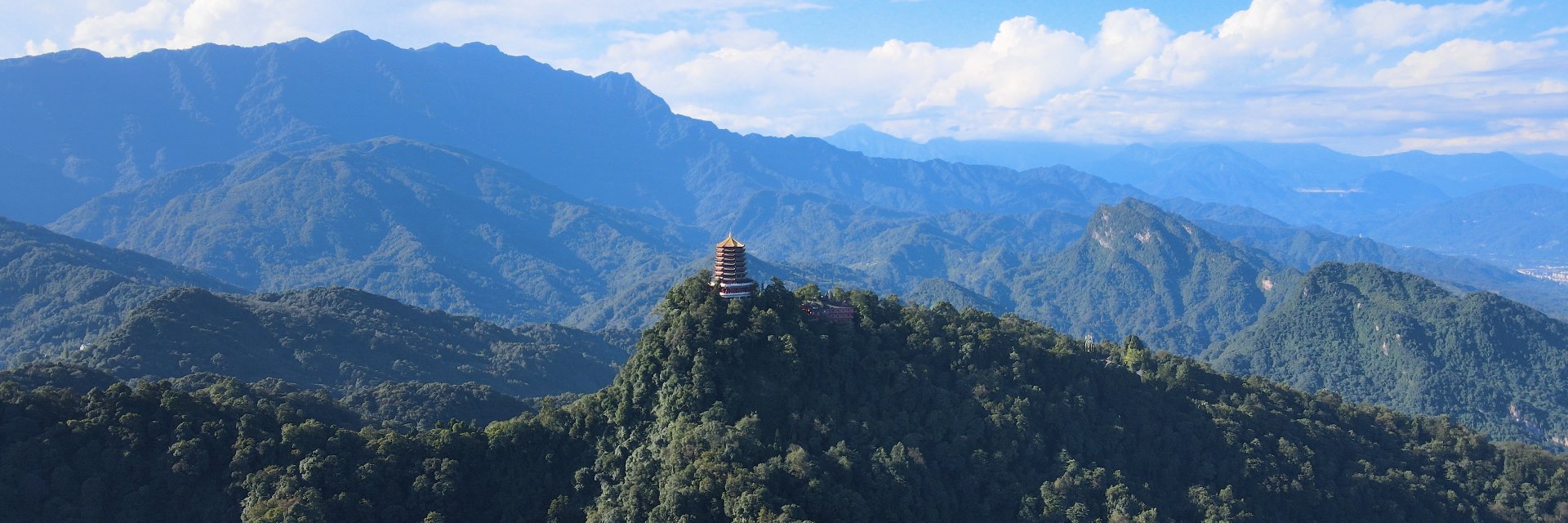
Mount Qingcheng Travel Tips
– By Annie
Mount Qingcheng is not just a mountain. It’s a living canvas of Taoist philosophy, intertwined with a natural beauty that truly earns its epithet, “the most peaceful and secluded mountain under heaven.” My visits here have always left me refreshed, enlightened, and profoundly connected to something ancient and timeless.
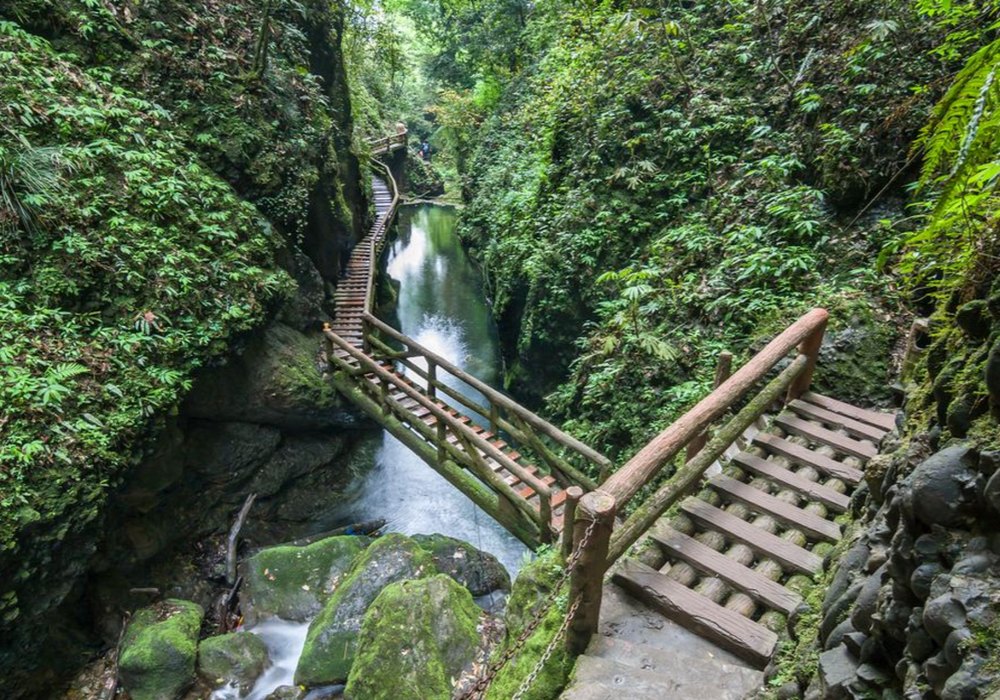
Choosing Your Perfect Season for Mount Qingcheng
The timing of your visit significantly impacts your experience at Mount Qingcheng. Understanding the seasonal variations is key to enjoying the mountain’s beauty and accessibility.
1. Spring (March to May): A Blossom of Beauty
Spring is often hailed as one of the best times to visit. The mild temperatures, generally ranging from 15°C to 24°C, create comfortable conditions for hiking. The mountain truly comes alive with blooming flowers and verdant greenery, making for picturesque views. This period typically sees fewer crowds compared to the peak summer months, allowing for a more serene exploration.

2. Autumn (September to November): Golden Hues and Crisp Air
Autumn mirrors spring in its appeal, offering equally mild weather and often clearer skies. The foliage transitions into stunning golden and reddish hues, adding another layer of beauty to the landscape. The cool breeze is perfect for extended hikes, and the reduced humidity makes for pleasant conditions to explore the cultural sites.
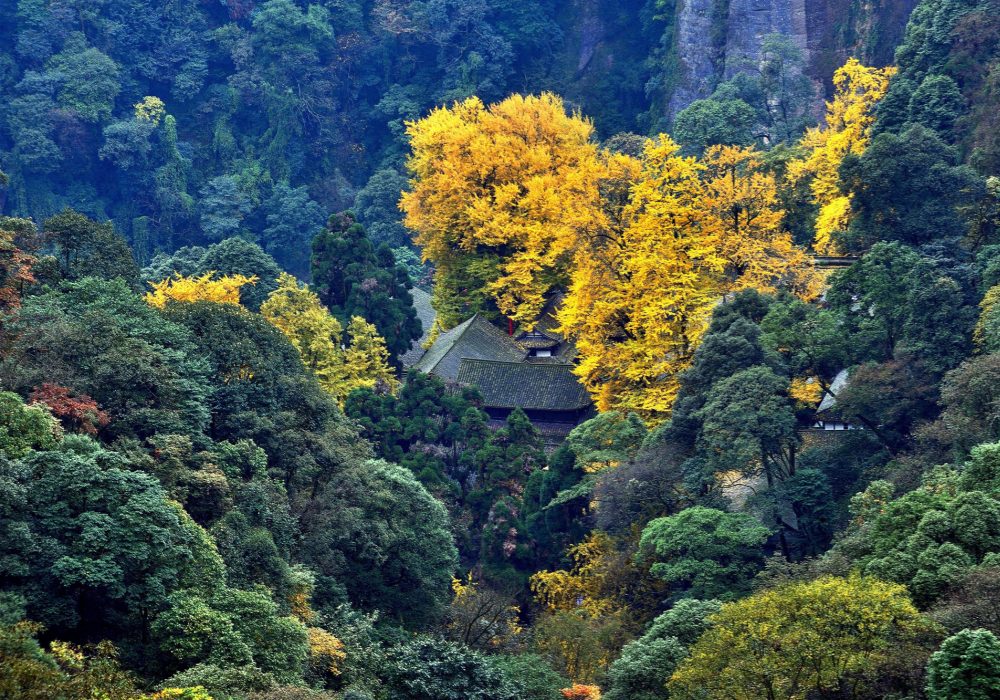
3. Summer (June to August): A Natural Escape from the Heat
While summer can be the rainy season, it remains a popular choice, especially for locals, due to Mount Qingcheng’s cooler temperatures. The mountain acts as a natural air-conditioner, with summit highs rarely exceeding 30℃. Expect occasional short showers and be prepared for higher humidity and potentially larger crowds, particularly on weekends and during local holidays.
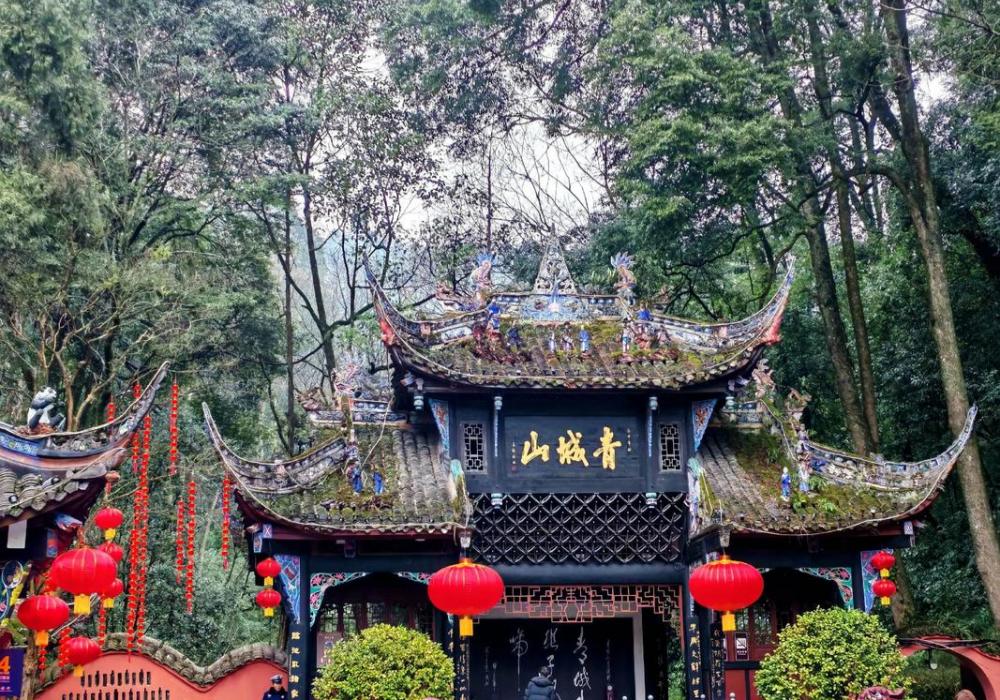
4. Winter (December to February): Tranquil and Atmospheric
Winter brings a quiet, mystical atmosphere to Mount Qingcheng. While paths can be slick with fog and drizzle, and daylight hours are shorter, the mountain draped in mist can offer a unique, ethereal experience. However, colder conditions and potential for snow make it less recommended for extensive hiking, especially for first-time visitors.
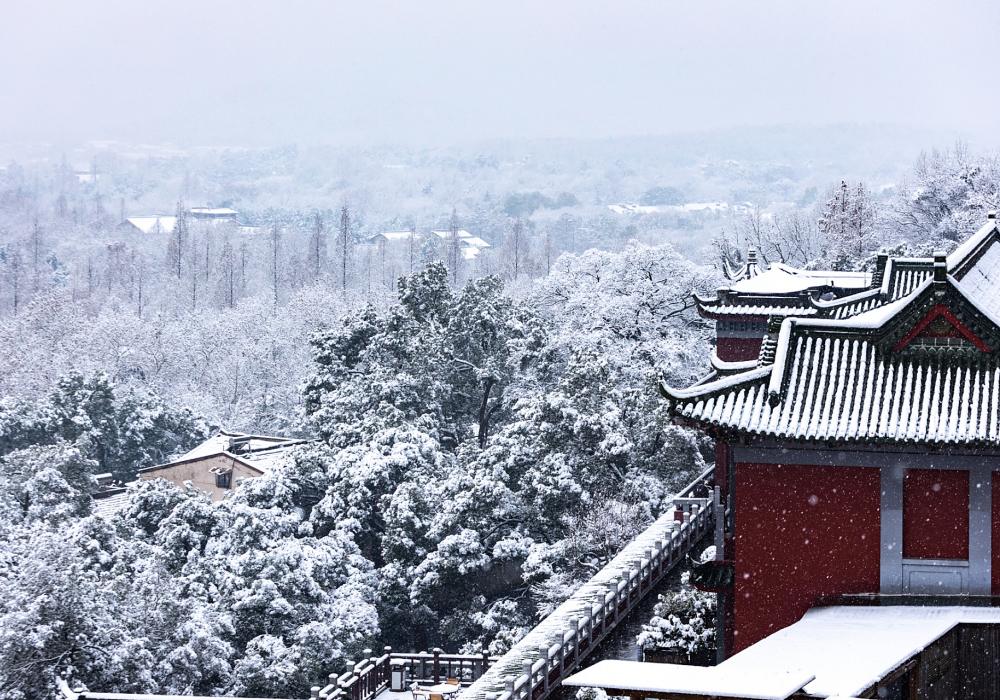
Navigating Mount Qingcheng: Front & Back Mountain
The Front Mountain: Cradle of Taoist Culture
The Front Mountain is the more popular and culturally significant area, covering approximately 15 square kilometers. It is considered the birthplace of Taoism and is rich with ancient temples, historical sites, and cultural landmarks. This section is ideal for those interested in exploring Taoist architecture and history. Key attractions include:
- Jianfu Palace: A magnificent Tang Dynasty temple that serves as an excellent starting point for understanding Taoist art and history.
- Shangqing Palace: Home to some of China’s oldest surviving Taoist mural paintings and offering breathtaking views.
- Tianshi Cave: A sacred site where Zhang Daoling, the revered founder of Taoism, is believed to have meditated.
The trails here are well-maintained with numerous stairs and steps, making it accessible for most fitness levels. For a less strenuous ascent, visitors can take a boat across Yuecheng Lake and then a cable car directly towards Shangqing Palace, significantly reducing hiking time. A typical visit to the Front Mountain can take anywhere from 3 to 5 hours, or a full day for a thorough exploration.
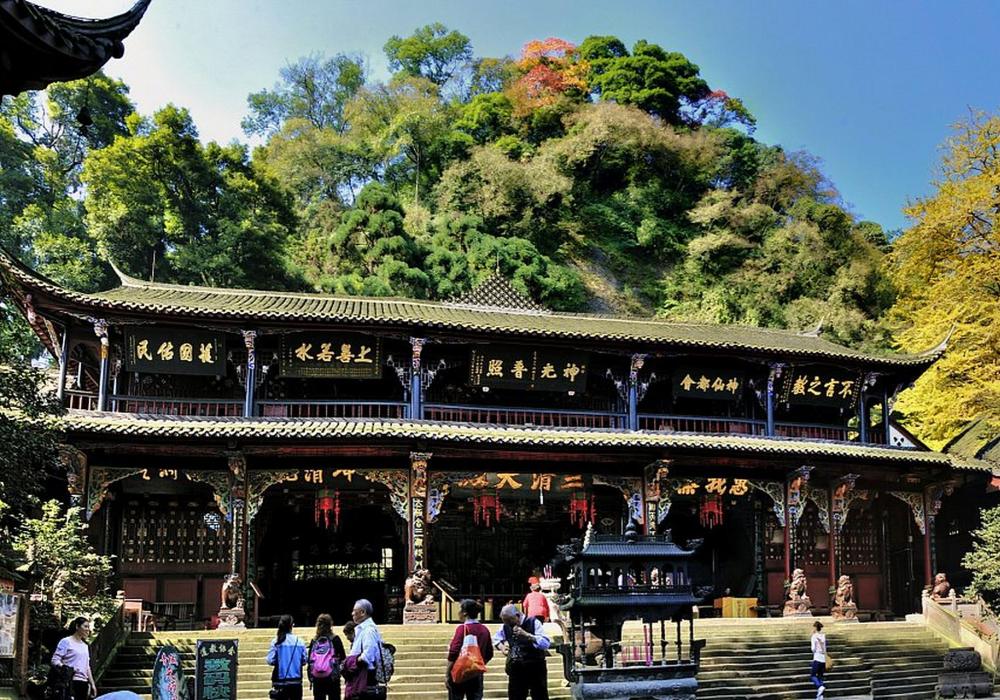
The Back Mountain: A Naturalist’s Retreat
In contrast, the Back Mountain is a larger, more primitive area spanning 100 square kilometers, favored by nature enthusiasts and serious hikers. It offers a more serene and less crowded experience, characterized by lush forests, flowing streams, and cascading waterfalls. Hiking here is more challenging but profoundly rewarding. Attractions include Shengmu Cave and Five Dragon Ditch, offering a deeper immersion into natural beauty.
While less focused on Taoist architecture, the Back Mountain provides an immersive natural escape. The hike here can take 4 to 6 hours, appealing to those seeking rugged trails and pristine landscapes.
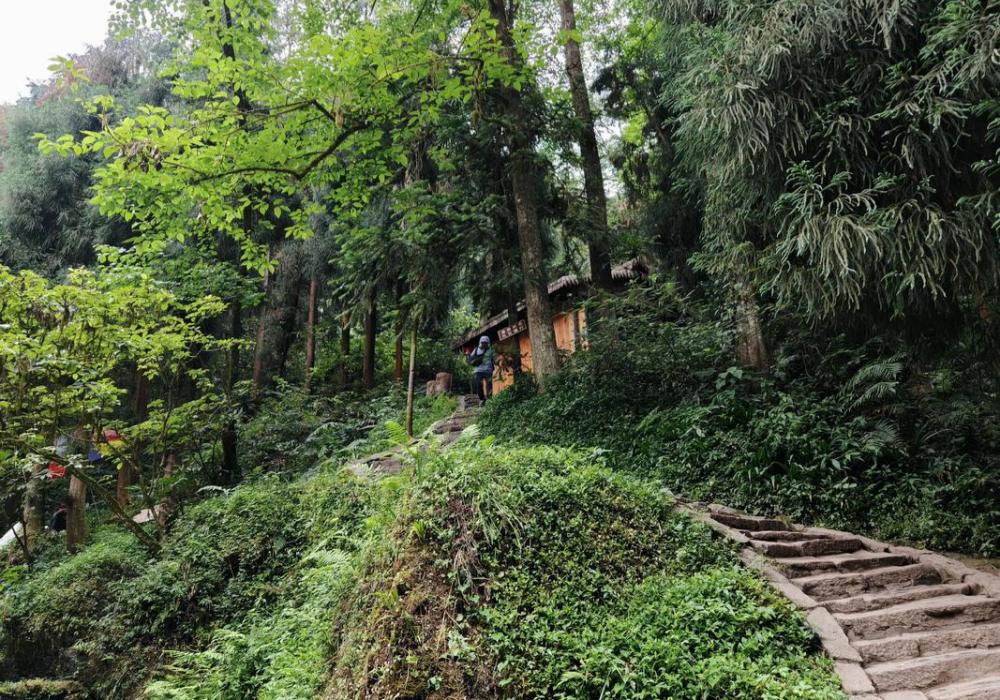
Practical Advice for a Smooth Visit
Beyond choosing when and how to visit, several practical tips can significantly enhance your Mount Qingcheng experience.
Ticketing and Opening Hours
The Front Mountain typically operates from 08:00 to 18:00 (March to November) and 08:30 to 17:00 (December to February). The Back Mountain gate is usually open year-round from 08:00 to 15:30. It is highly recommended to book tickets online in advance, especially during weekends and Chinese holidays. Expect entrance fees of 80-90 RMB for the Front Mountain and 20 RMB for the Back Mountain, with additional fees for cable cars (e.g., 35 RMB one-way, 60 RMB round-trip for Front Mountain cable car).
Packing and Safety Checklist
- Footwear: Wear comfortable, non-slip walking shoes or hiking boots, as most trails consist of granite or wooden steps.
- Clothing: Bring layers, as temperatures can vary, and a light rain jacket or umbrella is essential due to frequent fog and mist, even in summer. The average temperature in summer is around 15°C.
- Hydration and Snacks: While vendors are present, prices on the mountain can be 2-3 times higher than in Chengdu. Bring your own water and snacks.
- Payment: Carry some cash, though Alipay and WeChat Pay are widely accepted.
Nearby Attractions Around Mount Qingcheng
- Dujiangyan Irrigation System: Another UNESCO World Heritage Site, this ancient system is one of the world’s oldest and still functional irrigation projects, located just a short distance from Mount Qingcheng.
- Dujiangyan Panda Base: For wildlife enthusiasts, this panda base offers a chance to see giant pandas in a more natural habitat, with some programs allowing for half-day keeper experiences.
- Tai’an Ancient Town: Situated near the Back Mountain, this charming town offers traditional Sichuan cuisine and unique architecture, perfect for a relaxing stop.

More Popular Places to Visit in Chengdu:
Chengdu Research Base of Giant Panda Breeding